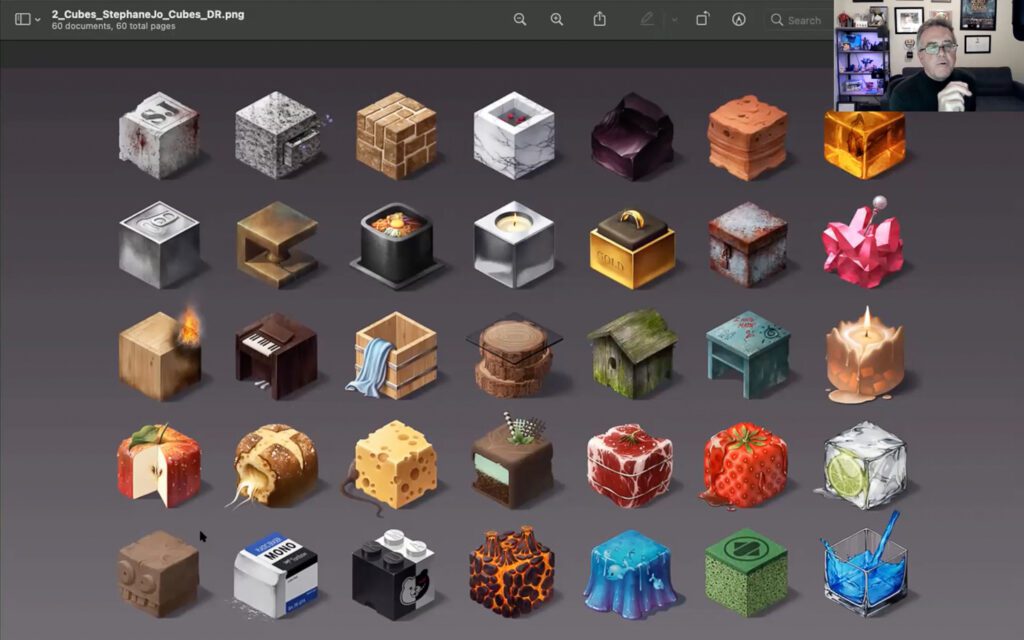Game design involves creating specifications, rules, and mechanics to make a game engaging and fun to play. The process begins with conceptualization, considering aspects such as the target audience, genre, and platform. Story and characters form a crucial aspect of a game, and gameplay mechanics create rules and systems that make the game challenging and enjoyable. After the initial design, prototyping and testing are done, making necessary changes to achieve player satisfaction, often repeated until the final product is satisfactory. A good game designer is a mix of an artist, an engineer, and a storyteller, requiring creativity, technical skills, and attention to detail.
From Concept to Creation: The Art of Game Design
Introduction to Game Design
Game design is the process of creating the specifications, mechanics, and rules of a game. The goal of game design is to make a game that is engaging, challenging, and fun to play. A good game designer is often a mix of artist, engineer, and storyteller.
Conceptualization
The first step in game design is conceptualization. This is the process of coming up with the basic idea for the game. It involves brainstorming and thinking about the type of game you want to create.
There are many factors to consider during the conceptualization stage, such as the target audience, the platform, the genre, and the gameplay mechanics. A good game designer will take all of these factors into account to create a cohesive and enjoyable game.
Story and Characters
One of the most crucial aspects of a game is the story and characters. A good story can make a game more engaging and memorable. The characters in the game should be well-developed and relatable to the player.
The process of creating a story and characters involves writing and designing the backstories and personalities of the characters. This is where the game designer takes on the role of a storyteller.
Gameplay Mechanics
Gameplay mechanics refer to the rules and systems that govern how the game is played. A good game designer should create gameplay mechanics that are both fun and challenging. The mechanics should encourage the player to continue playing and to improve their skills.
The gameplay mechanics can be influenced by the genre and target audience of the game. For example, a puzzle game will have different mechanics than a first-person shooter.
Prototyping
After the initial design of the game, the next step is to create a prototype. The prototype is a basic version of the game that is used to test the gameplay mechanics and see how they work in practice.
During the prototype stage, the game designer may make changes to the gameplay mechanics or other aspects of the game. This is an important stage because it allows the designer to see how the game will look and feel to the player.
Testing and Feedback
The final step in the game design process is testing and feedback. This involves testing the game with a group of players and getting feedback on its gameplay mechanics, story, characters, and other aspects of the game.
Based on the feedback received, the game designer makes any necessary changes to the game. This stage may be repeated multiple times until the designer and players are satisfied with the final product.
Conclusion
Game design is a complex process that requires creativity, technical skills, and the ability to tell a compelling story. From conceptualization to creation, the art of game design requires attention to detail and a dedication to creating a fun and engaging game.
